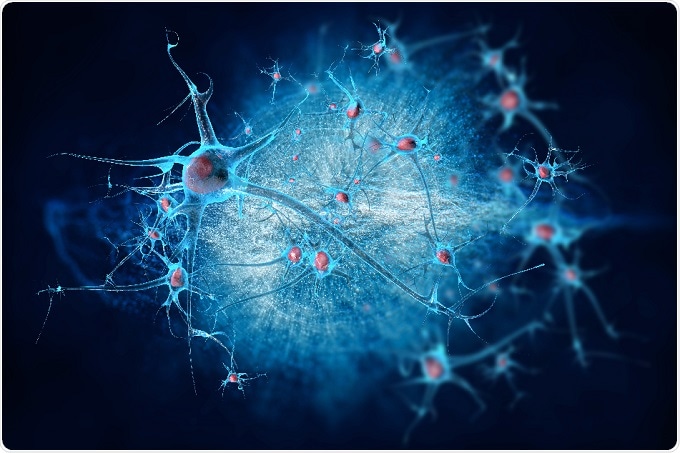Jul 27 2017
A study conducted by a team of researchers led by Dongsheng Cai at the Albert Einstein College of Medicine, New York, finds that injecting extra stem cells into the hypothalamus in the brain of mice slows down the aging process.
 Credit: vitstudio/Shutterstock.com
Credit: vitstudio/Shutterstock.com
The study which aimed at finding the role of the brain in aging was published in the weekly journal Nature on 26th July 2017.
Aging, which involves the damage of DNA, chronic inflammation, as well as depletion of cells, is a complex process, of which, the factor that has the major contribution is still unknown.
Previously, Cai’s team had identified the hypothalamus as having some role in the aging process of mice. The team were able to extend the lifespan of mice by 20%, by altering a molecular pathway within the hypothalamus.
The researchers were unsure if the stem cells influenced aging. Despite the fact that the stem cells in the hypothalamus produced fresh neurons throughout the life, they noticed that during the middle age (approximate age of 10-11 months), the mice start losing them. By the time the mice become 2 years old (nearly 70 in human years), most of its cells are lost, says Cai.
According to him, if the stem cells are destroyed, the aging of the mice gets faster. He noticed a decline in memory and learning, coordination, stamina, muscle mass and thickness of the skin in such mice. They also died a few months earlier, when compared to untreated animals.
In the study, the team injected extra stem cells acquired from the brains of new born mice into the hypothalamus of the middle-aged mice.
Initially, they had to modify the stem cells, to initiate an anti-inflammatory pathway in the mice. Without this modification, the injections become unsuccessful, as the cells died, suggesting the inflammation as the cause of the death of stem cells in the brain as one age.
The entire process reduced the pace of premature aging in mice and gave them 2–4 months of extra life. It was found that a significantly large amount of microRNAs was secreted by the injected stem cells. Based on age, these tiny molecules which have the ability to affect the manner in which the gene worked, as well as the types of microRNA present in our blood, varies.
Even though the working of the stem cells microRNAs is not known, Cai says that they seem to decrease inflammation and biological stress. He expects that the finding will lead to an anti-aging treatment for humans in the future. According to him, if the identification of the microRNAs is done, then the development of a drug that imitates their effects might become possible.
Richard Faragher, from the University of Brighton, UK, said that other teams are already working towards microRNA drug treatments, and it might have the potential to become a therapy within 30 years.
Faragher also commented that they are taking multiple approaches, of which, an alternative method will be to target inflammation more generally.